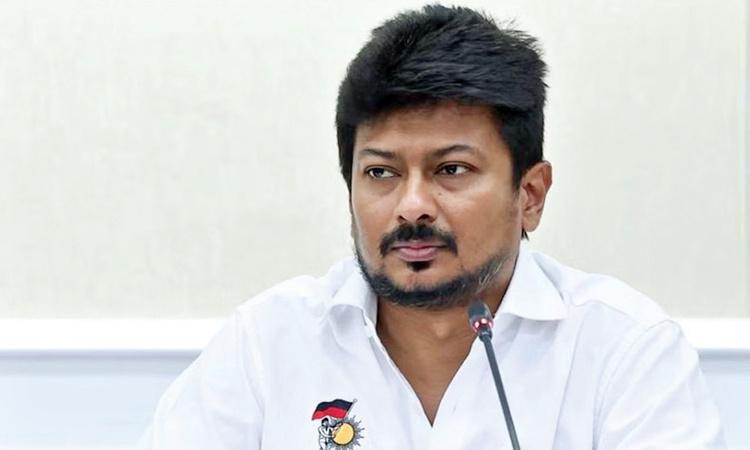
- galaxy
- 04 Nov 2024 01:41 AM
- Udhayanidhi Stalin, Tamil Nadu, Regional Cinema
In a recent statement, Tamil Nadu’s Deputy Chief Minister, Udhayanidhi Stalin, voiced concerns over Bollywood's dominance in the Indian film landscape, arguing that it often overshadows the thriving regional film industries of South India. Stalin noted that while the Tamil, Telugu, Kannada, and Malayalam film sectors are experiencing significant growth, Bollywood continues to exert a considerable influence in North India, particularly in states that lack robust local film industries.
He highlighted the disparity in film production, stating, “Mumbai extensively produces Hindi films now, with Marathi, Bhojpuri, Bihari, Haryanvi, and Gujarati cinema receiving far less attention. Many northern states don’t even have their film industry.” This observation underscores the reliance of certain northern states on Hindi cinema, which can marginalize regional storytelling and cultural representation.
Udhayanidhi clarified that his criticism is not against the Hindi language or its films per se, but rather against the imposition of Hindi over other regional languages. He subtly pointed out that certain nationalist groups, particularly within the BJP, continue to advocate for Hindi dominance in non-Hindi-speaking regions, a move he believes threatens the rich tapestry of linguistic diversity and regional identities across India.
The Deputy Chief Minister’s comments quickly garnered attention, leading to a backlash from local BJP leaders. N Thirupathy, the Tamil Nadu BJP Vice-President, dismissed Udhayanidhi’s remarks, labeling him a “failed actor” and claiming that his comments lack substance and merit.
This exchange highlights the ongoing tensions surrounding language, regional representation, and the evolving dynamics of the Indian film industry, reflecting broader societal issues regarding cultural identity and national unity. As the debate continues, it remains to be seen how these discussions will influence both political discourse and the landscape of regional cinema in India.










































